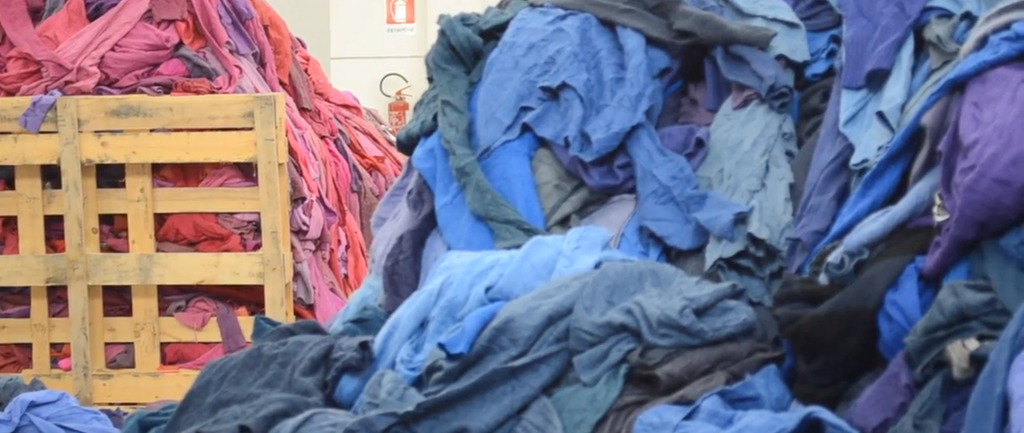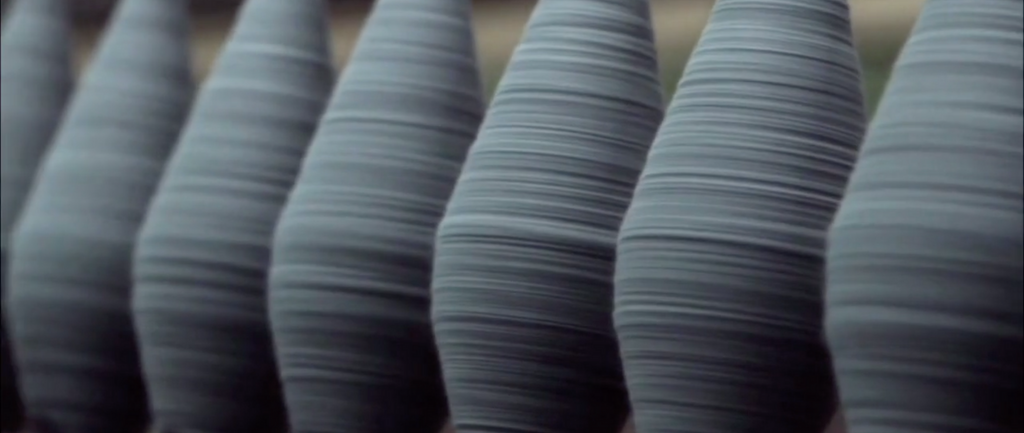Eco-Cashmere: Sustainable Comfort
Eco-cashmere is a sign of the times.
There has been a major movement towards brand transparency lately and it seems as though the conversation is finally a two way one between businesses and consumers.
Not only this, but with information being easier to access and share than ever before, this dialogue has opened up a world of opportunities when it comes to addressing global issues and making positive changes in the world.
This change often links back to sustainability.

Headline-worthy issues in recent times have included palm oil-driven deforestation, greenhouse gas emissions from fossil fuel use, and waste ending up in gigantic landfills across the world; but these are just to name a few.
The reactions against these environmental concerns from businesses of all shapes and sizes have resulted in the rise in popularity of various sustainable alternatives and harm reduction processes. But some have received more media coverage than others.

An often-unsung hero among these sustainable alternatives is eco-cashmere. Clothing production is the third biggest manufacturing industry in the world, and as a result, materials like cashmere are more readily available than ever before. But with 3 out of 5 of all fast fashion garments ending up in landfills, the waste is getting worse.
This also loses retail stores $500 billion of value each year due to the lack of recycling infrastructure and initiatives, while contributing towards the production of new resources that could otherwise have been saved.
Eco-cashmere is a solution to the problem of waste in the fast fashion industry and a material that could be what our sustainable future is made of.

What is Eco-Cashmere?
Acting as a sustainable response to 100% virgin cashmere, eco-cashmere is a circular cashmere yarn that is produced using ethical manufacturing techniques by those who care to go the extra mile.
For example, the Italian town of Prato processes 15% of all recycled clothing in the world and is home to hundreds of companies that all specialise in different aspects of clothing recycling. It is estimated that over 25 tons of recycled clothes are recycled here each day.

When clothing that cannot be donated to charity arrives in one of these factories, every garment is hand-sorted and grouped by both colour and material. The sorted clothing is then placed inside of a carbonising machine to eliminate impurities in the wool.
Afterwards, materials are washed, shredded, and eventually dried. At the end of this process, materials like eco-cashmere are repurposed and woven into yarn with an environmental impact 5 lower than that of traditional cashmere.

If retailers as well as manufacturers taking steps to ensure that waste systems such as these are properly put in place, it is possible for businesses making use of recycled eco-cashmere to reduce their impact on water by 89%, energy by 76%, C02 emissions by 96%, chemicals by 76% and dyes by 76% - these figures represent opting to use eco-cashmere over traditional cashmere alone.
When organizations marry these processes with additional steps in environmental harm reduction, like manufacturing products close to where they intend to be sold, fossil fuel usage can be minimized and carbon footprints can be reduced one step further.
Eco-cashmere makes the much-needed shift in the fashion and manufacturing industries that much closer to reality.
_________________
The Reality of Fast Fabric

Fast fashion means fast fabric, and Mongolia and China are struggling to keep up. It’s easy for niche environmental issues to slip through the cracks considering how many of them there are, but that does not mean that they aren’t urgent.
Considered a luxury product in the past, cashmere has seen a consistent rise in demand and popularity throughout the years coupled with an ever-dipping cost.

The result is desertification across Mongolian and Chinese herding grounds where a combined total of, approximately, 24.4 tons of cashmere is produced each year. Between 2002 and 2018, Mongolia’s cashmere exports increased by $345 million. That number has since grown.
The UN’s Food and Agriculture Organization has reported that, in Mongolia alone, the number of goats has grown from 4.3 million in 1985 to just under 30 million in 2020. Additionally, satellite data analysed over 20 years indicates that grasslands are drying up.
It is scary to imagine what damage will be done to both Mongolian and Chinese ecosystems if the current rate at which cashmere is being produced continues to increase.
But cashmere’s mass-production issue is not exclusive to environmental impacts. It also affects the lives of people.
Desertification not only means a poor quality-of-life for goats being bred in mass for cashmere exports but uncertain lives for farmers who are – because of overgrazing - left with barren land and forced to sacrifice the fertility of their pastures where future generations of goats would be raised in order to keep up with production rates.
With people’s livelihoods, the wellbeing of animals and the environment at stake, eco-cashmere could be the break that desperately needs to be hit in the cashmere industry.

Recycled Stories
Labelling eco-cashmere as a “solution,” sells the material short, as well as the idea behind it. It solves a problem, but also acts as a symbol. Like most upcycled products, eco-cashmere tells stories.
Individuals choosing to invest in eco-cashmere can enjoy comfort and aesthetics while knowing that their purchases did not contribute towards the support of an unsustainable industry.

As a result, the anti-waste nature of upcycled products becomes a huge appeal, and rightfully so.
Everything goes to use. By converting discarded items that previously had little to no value in the eyes of their original owners into materials that are used to produce something new, not only is meaning created through a shift in that item’s context, but its story continues to live on – meaning that the efforts of the original animals and farmers involved years ago in the material’s birth still have significance, as well as the stories of the hard-working people who recycled it.

In this way, eco-cashmere products could be seen as symbols, not of status as a result of current trends, but honour for the past and hope for the future.
For more information on eco-cashmere and how Sabba Designs puts it to use, feel free to visit the Our Values page on our website.


















